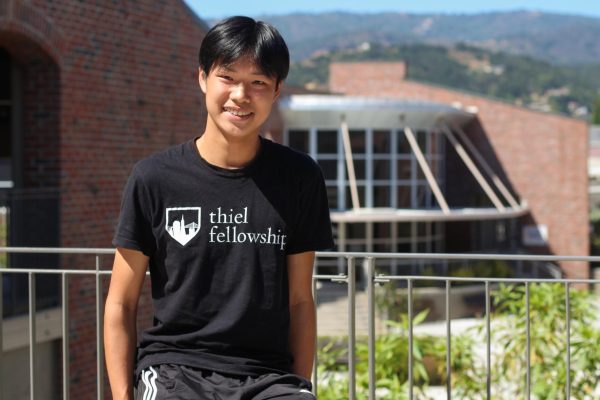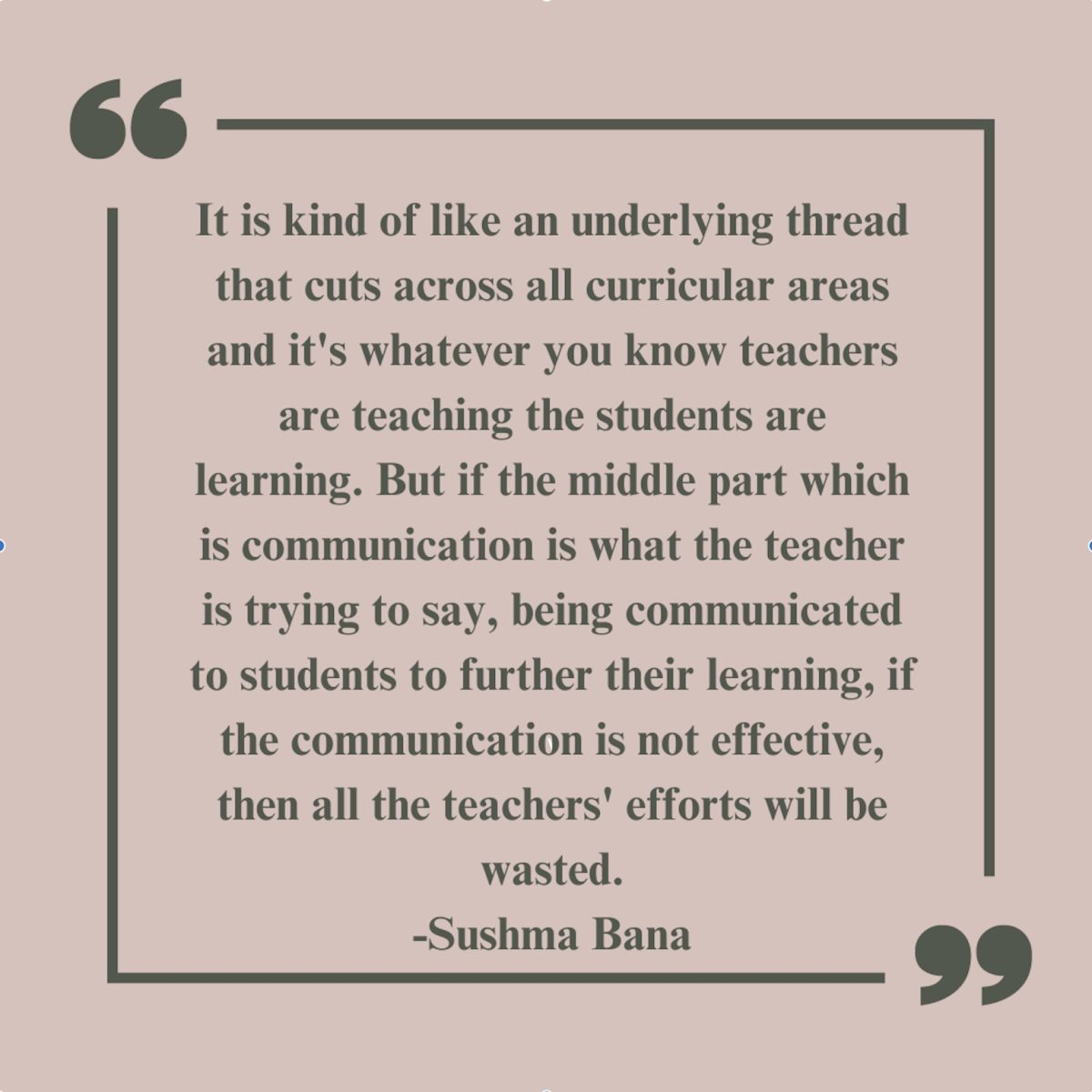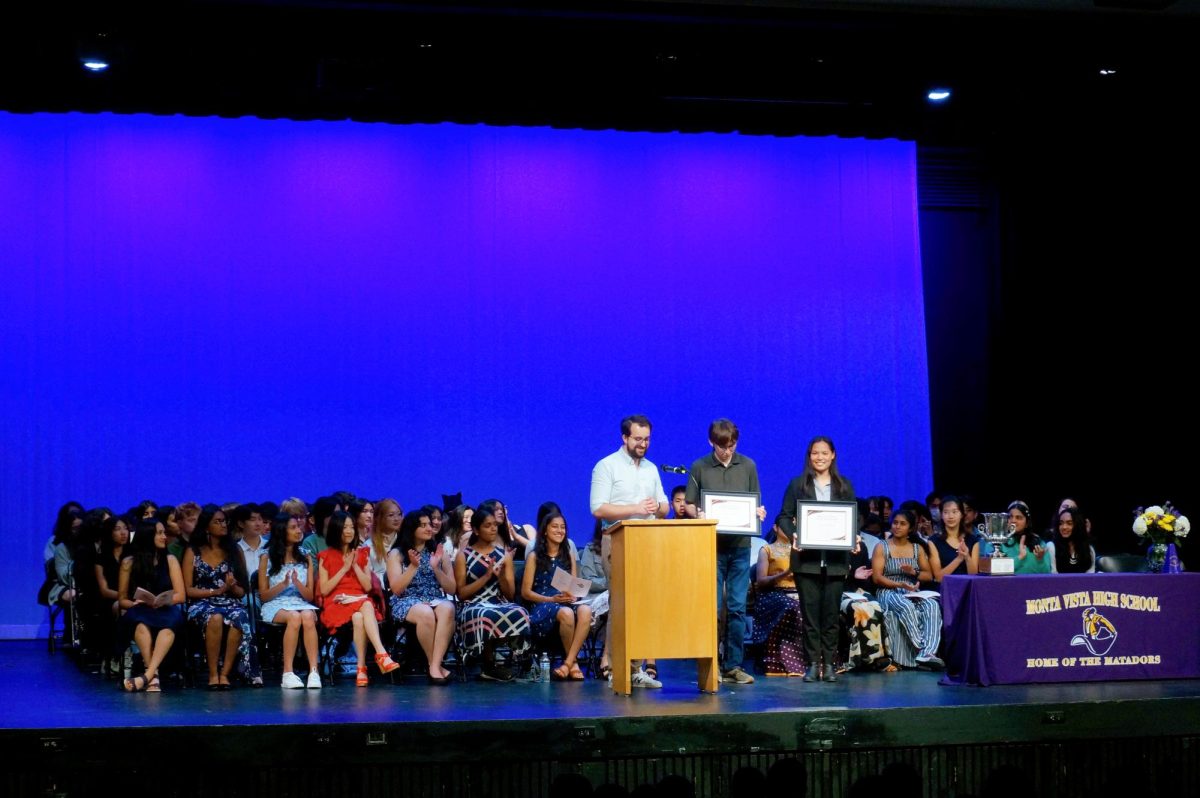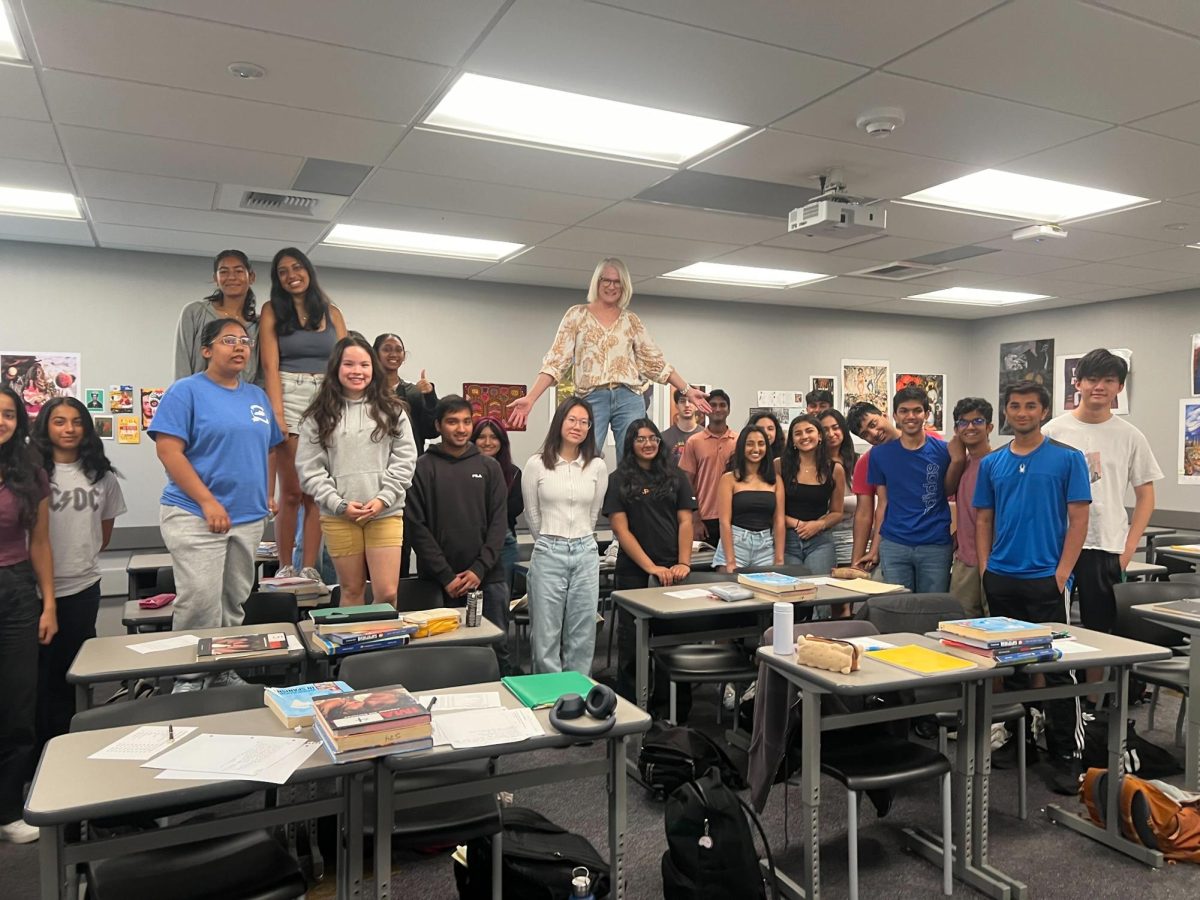The FUHSD Board of Trustees passed a resolution to “transition Governing Board elections from At-Large Elections to By-Trustee Area Elections” on March 7, 2023, basing elections on trustee areas instead of district wide voting, according to the FUHSD website.
This change accompanies several other districts in the area including the Sunnyvale School District and the De Anza Foothill College District, aligning with the California Voting Rights Act (CVRA), which prohibits “at-large elections in a political subdivision if it would impair the ability of a protected class, as defined, to elect candidates of its choice or otherwise influence the outcome of an election.” This act allows the FUHSD district to divide into five sectors distinct from the boundaries of the five high schools, with residents of each area voting for their trustee, rather than the whole district electing five candidates.
Superintendent Graham Clark states that based on the new system, MVHS will transition to one or two specific trustees for the area, but are welcome to speak to trustees of other areas.
“Right now, MVHS essentially has five trustees,” Clark said. “So in the future, [MVHS] will probably have one, possibly two trustees [from] the area. I don’t know that that will really affect the school, but I will say the representation would be [based on] how the boundaries get drawn. Not to say that you couldn’t talk to the trustee that might be [more from] the Fremont or [a different part of] the Cupertino area, but more likely you would have a trustee [dedicated to] MVHS.”
In addition to aligning with the CRVA, FUHSD Coordinator of Communications Rachel Zlotziver states that the district changes will “provide more representation to different groups within a school district area or other jurisdictions.”
To determine the boundaries for the five district divisions, Clark says there are several criteria to take into account, namely population, school distribution and geography.
“The five areas have to be of equal size, plus or minus 10,000 people — it’s very small variance that they can have there,” Clark said. “Then the second part is there has to be boundaries based on some criteria that the district can define. For instance, we can say we think each trustee area should have at least two school attendance areas in there. They also can’t be discontinuous. Other [criteria include] natural barriers like the 280 freeway [or] the 101 freeway and rivers.”
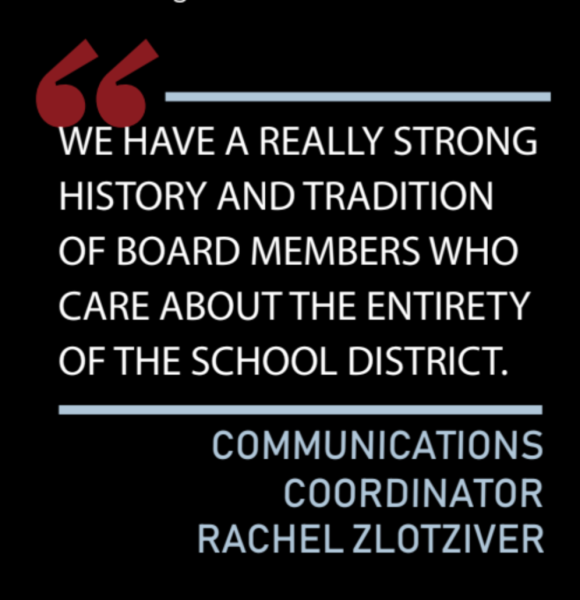
At the same time, Zlotziver explains the delicate balance of drawing boundaries, adding that the district wishes to avoid trustees being strictly associated with a single school.
“We have a really strong history and tradition of board members who care about the entirety of the school district — they care about all of the kids that we’re serving,” Zlotziver said. “[We’re looking] to make sure that we don’t divide the map in a way that it would make [someone] the trustee of just one school.”
However, according to science teacher Lora Lerner, shrinking the pool of voters gives residents in each zone more say in choosing their trustee, which may not be all that beneficial for future board decisions.
“When the whole community votes, there’s such a minority of people supporting those with extremist views that they won’t win,” Lerner said. “My concern is [that with] smaller groups, somebody with these views could get enough support that they could [be elected onto] the board. It’s a small board. So even having one [extremist] person is problematic.”
To ensure accurate and equal representation, Clark highlights the importance of public input through community meetings as a part of the transition, especially during the map making process for drawing section boundaries. He states that the current plan requires a total of five meetings before proceeding, with additional meetings for opportunities of public input.
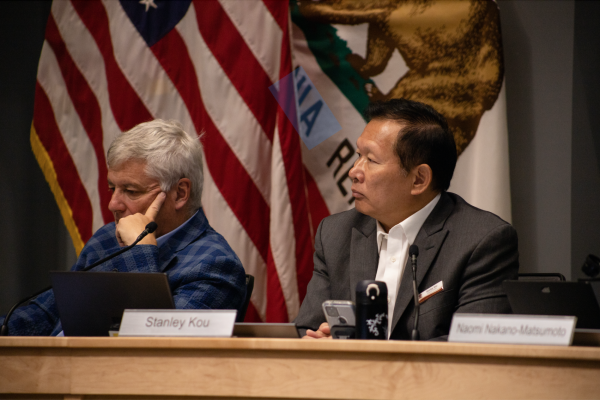
“We’ll go through a period of getting community input,” Clark said. “And that will be people saying what they want to see in a boundary. So for instance, there’ll be criteria and then they’ll [use a software to] actually be able to draw maps. And [that’s the] kind of criteria [we’ll] take into account, that’s [why] we have an attorney and a demographer that are advising us … We’re also going to allow the community to provide their own options.”
Zlotziver also emphasizes the importance of informing the community of the decisions, stating that the board has kept the community up to date and encouraged them to learn about the changes being implemented.
“We’ve gone out and [had an] information table at a bunch of events — had flyers, had information and had maps to illustrate what’s happening,” Zlotziver said. “We sent a postcard to every home in the district about this, and it had a little bit of background about what was happening and a link to the website [with information] on trustee areas. So [we’re] trying to get out in the community as much as possible.”
Although Lerner cautions that the school board changes could potentially have negative effects on the culture of MVHS, she also recognizes that the new election process could just as well lead to positive representation.

“One of the reasons I’m comfortable teaching in the school district is because we have a school board that is very supportive of values that we have here at MVHS,” Lerner said. “I think we can all see now that school boards are important, and they do dictate certain things.”
Zlotziver agrees with Lerner, stating that FUHSD is fortunate to have a board that is cohesive and “deeply interested in the welfare of our students.” She hopes that the board will continue to fulfill these roles after the change.
“I would just hope that we continue to have a strong and united board,” Zlotziver said. “They come together and try to make the best decisions for our students, so I hope for that to continue. It’s great to have a supportive board like [we do].”




















